Occupational characteristics and use of the digital practice of physiotherapists in Metropolitan Lima and Callao-Peru during the COVID-19 pandemic
DOI:
https://doi.org/10.20453/rhr.v2023i1.5034Keywords:
physical therapy, physical therapy modalities, digital practice, telework, COVID-19, pandemicAbstract
La pandemia de la COVID-19 impactó significativamente en la prestación de servicios de fisioterapia. En respuesta a ello, la práctica digital emergió como una modalidad estratégica, especialmente en períodos de distanciamiento social. Objetivo: Describir las características laborales y sociodemográficas y cuantificar el uso de la práctica digital de los fisioterapeutas que laboraron en Lima Metropolitana y el Callao-Perú durante el período de la pandemia de la COVID-19. Materiales y método: Se llevó a cabo un estudio observacional de corte transversal y descriptivo, utilizando una encuesta online para recolectar datos laborales y sociodemográficos de fisioterapeutas en Lima Metropolitana y el Callao. Entre febrero y junio de 2021, se recopilaron 194 respuestas. Resultados: El 46,4 % de los encuestados adoptó la práctica digital; mientras que el 53,6 % continuó trabajando presencialmente. De los participantes, el 66 % eran mujeres, el 76,3 % vivía con familiares, el 63,4 % se graduó de universidades nacionales, y el 58,3 % tenía una especialidad adicional. La mayoría (57,2 %) trabajaba en en área de clínica general, y el 63,6 % indicó que no mantenía el mismo nivel de ingresos. El 75 % no recibió apoyo o beneficios para adaptarse a la práctica digital; y el 54,8 % expresó neutralidad respecto a su satisfacción laboral. No obstante, el 93 % afirmó que no consideraría cambiar de empleo. Conclusión: La mayoría de los fisioterapeutas en Lima Metropolitana y el Callao no adoptó la práctica digital durante la pandemia de la COVID-19.
Downloads
Downloads
Published
How to Cite
Issue
Section
License
All articles published in the Revista Herediana de Rehabilitación are under a Creative Commons Reconocimiento 4.0 International license.
The authors retain the copyright and grant the journal the right of first publication, with the work registered with the Creative Commons License, which allows third parties to use what is published whenever they mention the authorship of the work, and to the first publication in this magazine.
Authors can make other independent and additional contractual agreements for the non-exclusive distribution of the version published in this journal, provided they clearly indicate that the work was published in this journal.
The authors can file in the repository of their institution:
The research work or thesis of degree from which the published article derives.
The pre-print version: the version prior to peer review.
The Post-print version: final version after peer review.
The definitive version or final version created by the publisher for publication.

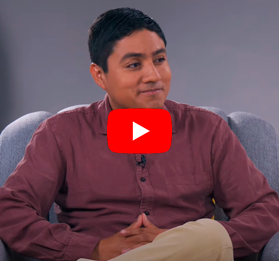





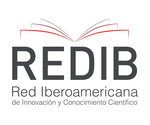
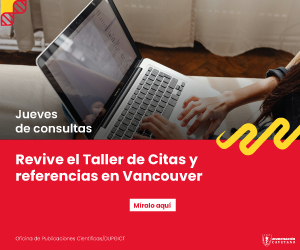
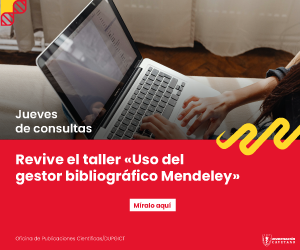
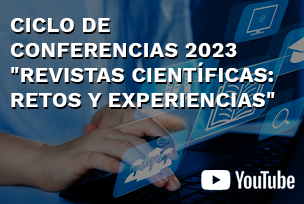
 Esta obra está bajo una
Esta obra está bajo una 